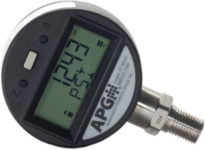The Top Ways Freelance Designers Can Earn Passive Income

As a freelance designer, relying on new clients for revenue can be tough. What many freelance designers aren’t aware of is the fact that they can generate a passive income and still stay in the design industry. Creating passive income is something that they can work on during their downtime when there aren’t any projects available. Usually, creating additional revenue streams can take away valuable time from your design career, but here are some of the most efficient ways to earn a passive income.






